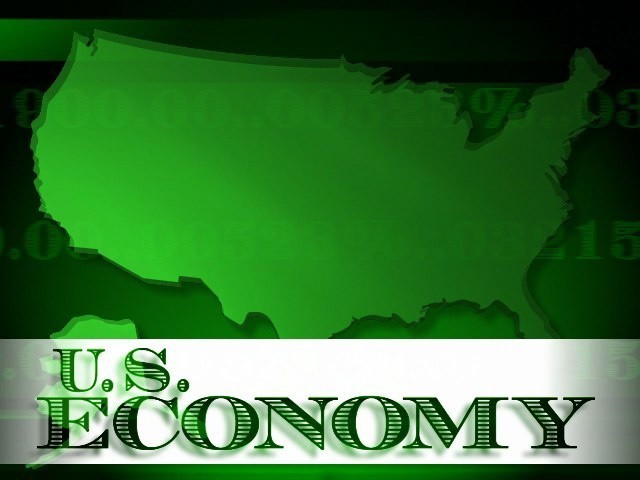WASHINGTON (AP) -- U.S. home prices rose 12.1 percent in June from a year earlier, nearly matching a seven-year high. But month-over-month price gains slowed in most markets, a sign that higher mortgage rates may weigh on the housing recovery. Meanwhile, consumer confidence inched closer to a 5 1/2-year high.
The Standard &Poor's/Case-Shiller 20-city home price index slowed only marginally from May's year-over-year gain of 12.2 percent, the fastest since March 2006. And all 20 cities posted gains from the previous month and compared with a year ago, according to the report released Tuesday.
Home prices in Las Vegas soared 24.9 percent from a year earlier to lead all cities. Purchases by investors have helped drive that increase.
Other cities hit hard by the housing bust also posted stunning gains in the past year. Prices have jumped 24.5 percent in San Francisco and nearly 20 percent in both Los Angeles and Phoenix.
Still, 14 of the 20 cities posted smaller gains in June compared with May. That's unusual considering June is the middle of the summer buying season.
And in cities less affected by the housing crisis, gains have been more modest. Prices in New York and Cleveland are about 3 percent higher than a year earlier. Prices rose 5.7 percent in Washington, D.C. and 6.7 percent in Boston.
Most economists expect the overall index to slow to single digits in the coming months, which they see as a more sustainable pace.
"The fundamentals of the housing market are solid," said Gus Faucher, senior economist at PNC Financial Services. "Despite higher prices and mortgage rates, affordability is still much better than it was prior to the housing crash....Many households that put off buying a home in recent years are now getting back into the market, boosting demand. Lending standards for mortgage loans are easing somewhat."
The index covers roughly half of U.S. homes. It measures prices compared with those in January 2000 and creates a three-month moving average. The June figures are the latest available. They are not adjusted for seasonal variations, so the monthly gains reflect more buying activity over the summer.
Steady job gains and low mortgage rates have encouraged more Americans to buy homes. And even as demand has risen, a limited number of homes have been available for sale. That combination has led to sharp prices gains.
But mortgage rates have climbed more than a full percentage point since May. The increase has already slowed sales of new homes in July. And economists expect it could drag re-sales lower in August.
Mortgage rates began to rise after Federal Reserve Chairman Ben Bernanke first signaled that the Fed might reduce its bond purchases later this year. The purchases have helped keep borrowing costs low.
Economists said the index likely captured only part of the recent increase in mortgage rates, some of which occurred after June.
Other factors may be slowing price gains. Investors made up only 16 percent of buyers in July, down from 22 percent a year earlier. That reduces competition for purchases. And foreclosed homes, which usually sell for fire-sale prices, are also making up a smaller proportion of sales.
A slowdown from the strong price gains in recent months isn't necessarily a bad thing, said Stan Humphries, chief economist at real estate data provider Zillow. It may keep home prices from becoming unaffordable.
"This ongoing stabilization ... is happening, and it's not the end of the world for the housing market," Humphries said.
Rising prices have several economic benefits. They make homeowners feel wealthier and more likely to spend. And they encourage more Americans to sell homes, which boosts the supply of available homes, leading to more sales.
CONSUMER CONFIDENCE RISES
Americans' confidence in the economy inched closer to a 5 1/2-year high on growing optimism that hiring and wages could pick up in coming months.
The Conference Board, a New York-based private research group, said Tuesday that its consumer confidence index rose to 81.5 in August. That's up from a revised reading of 81 in July. And it's just below the 82.1 reading in June, which was the highest since January 2008.
Consumers' income expectations, which fell earlier this year after a January tax hike, rebounded to the highest level in 2 1/2 years, said Lynn Franco, director of the Conference Board's economic indicators.
Although consumers were more confident about the future, their assessment of the current economy dipped slightly in August.
"Consumer sentiment is holding steady, supported by advances in stocks, solid job creation, and a broad-based recovery in the housing market," Jim Baird, chief investment officer at Plante Moran Financial Advisors, wrote in a research note.
Consumers' confidence in the economy is watched closely because their spending accounts for about 70 percent of U.S. economic activity.
After hitting bottom at 25.3 at the depths of the Great Recession in February 2009, the index has bounced back. But it has yet to get back to the 90 reading that signals a healthy economy.
Americans' confidence jumped in June on hopes that the job market was starting to turn around. The economy has created an average of 192,000 jobs a month this year, slightly ahead of last year's pace. And the unemployment rate fell last month to a 4 1/2-year low of 7.4 percent.
Still, unemployment remains painfully high four years after the recession officially ended. And employers added just 162,000 jobs in July, the fewest in four months. That raised worries that the sluggish economy could slow any progress made earlier in the job market.
The U.S. economic recovery has been held back this year by tax hikes, federal spending cuts and weaker global growth. The economy expanded at just a 1.7 percent annual rate in the April-June quarter. Most economists expect that figure will revised up to a 2.2 percent annual rate, mostly because of a jump in June exports.
The government issues its second estimate for second-quarter growth on Thursday. Most analysts predict growth may pick up to about a 2.5 percent annual rate in the second half of the year.
Still, recent data suggest the July-September quarter is off to a weak start, leading some economists to trim their third-quarter forecasts.
On Monday the government said orders for long-lasting U.S. factory goods fell sharply in July, in part because businesses cut back sharply on big purchases that signal investment plans.
And U.S. sales of newly built homes dropped 13.4 percent last month to a seasonally adjusted annual rate of 394,000. That's the lowest level in nine months, raising worries that higher mortgage rates could slow the housing recovery.
Mortgage rates have risen sharply since May when Chairman Ben Bernanke first signaled the Federal Reserve could reduce its bond purchases later this year, if the economy strengthens. The bond purchases have kept long-term interest rates low, making home-buying, auto loans and other consumer loans cheap.
Wednesday
July 2nd, 2025
2:34AM









